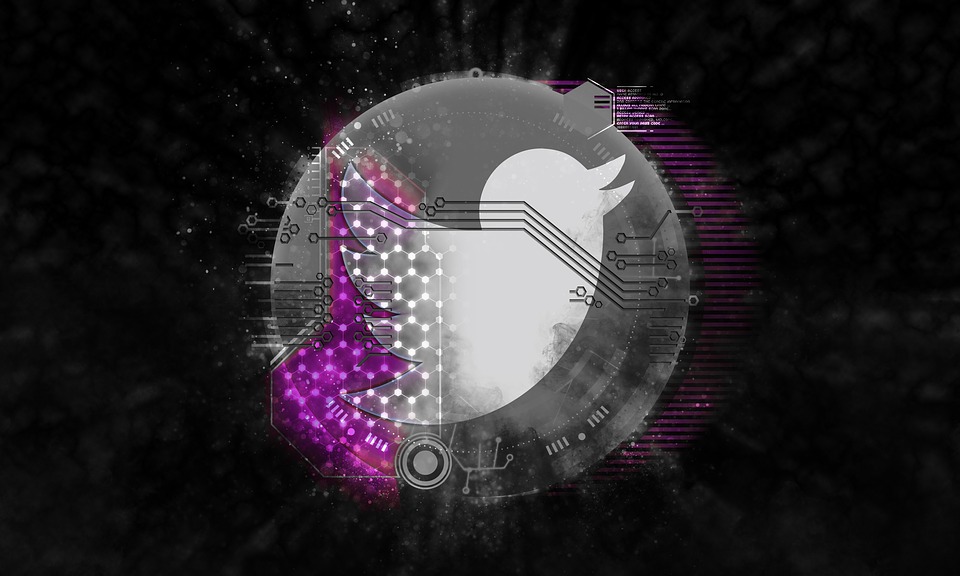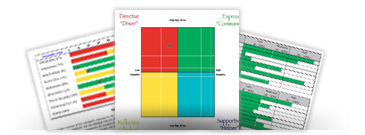Is Twitter Helping or Hurting Your Sales? Notes from Asher Sales Training Seminars

Based on feedback received by attendees at our sales training seminars, the jury is still out at many companies whether their investments in social media have paid off.
The problem is that it is tough to quantify revenue directly attributed to social media efforts, because sites such as Twitter are mostly branding tools instead of lead generating or direct response platforms. Nailing the ROI becomes difficult – because how do you value goodwill and brand recognition with regard to your bottom line?
Twitter is one platform which is notoriously tough to figure out real business results. However, dialing back efforts could be a huge mistake.
According to an article in US News, Twitter and Market Probe International conducted research which shows:
- 72 percent of followers are more likely to buy something from a business they follow.
- 86 percent of followers are more likely to visit a business if a friend recommends it.
- 85 percent of followers feel more connected with businesses after following them.
The article spells out a few tips for using Twitter to help sales in the long run. Let’s cover three especially good ones.
Be the expert in your field
The article mentions positioning yourself as a thought leader. This is sage advice, but how do you accomplish this? Attendees of our sales training seminars have stated these practices to be effective:
- Share interesting content you find interesting and helps you grow your business. Others would love this data as well!
- Follow and retweet other experts.
- Tweet your blog posts, several times. This is perfectly acceptable on Twitter, where people check their feeds at various times and might miss your tweets otherwise.
80/20 Rule
Retail brands and B2C can generally tweet promotions all day without adverse effects on follower counts, but B2B is more nuanced. The 80/20 rule, which many sales training seminars mention due to the Pareto Principle, can be adapted as a rule of thumb regarding content.
As the US News piece quotes, “Eighty percent of your content should be about things that your target audience is interested in or wants, likes or needs to know. Twenty percent should be about sending them to or promoting your products and services.”
This is a good rule to follow across all social content platforms, but is not hard-set. It is best to test: what’s your engagement (less important) and revenue (most important) one month when you promote yourself 80 percent of the time versus another month when you curate most of the time?
Be careful what you favorite
Favorites (when you click the heart icon) can be seen by others checking out your profile. Avoid favoriting tweets which have overtly political or controversial overtones, lest you damage your brand. People buy from those they like and trust, and if you favor things they do not like, you become guilty by association. Which means no sales.
These are tips we share in our sales training seminars as long-term branding strategies. How to use Twitter as a direct-response engine is another matter altogether, one which I will cover in a future blog post.
Video Link: http://video.asherstrategies.com/old-brain/part-2-the-first-three-old-brain-stimuli



